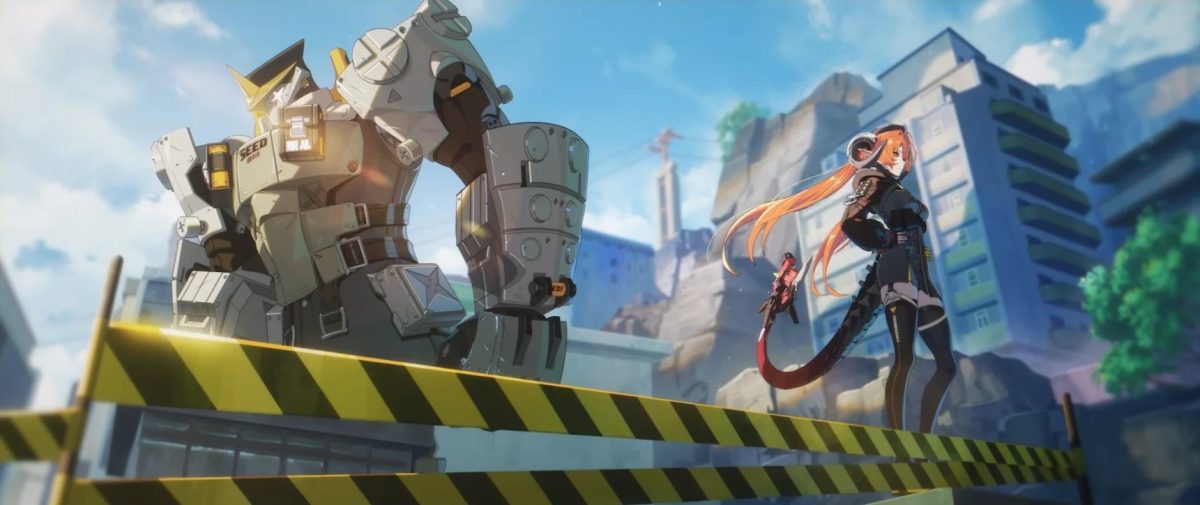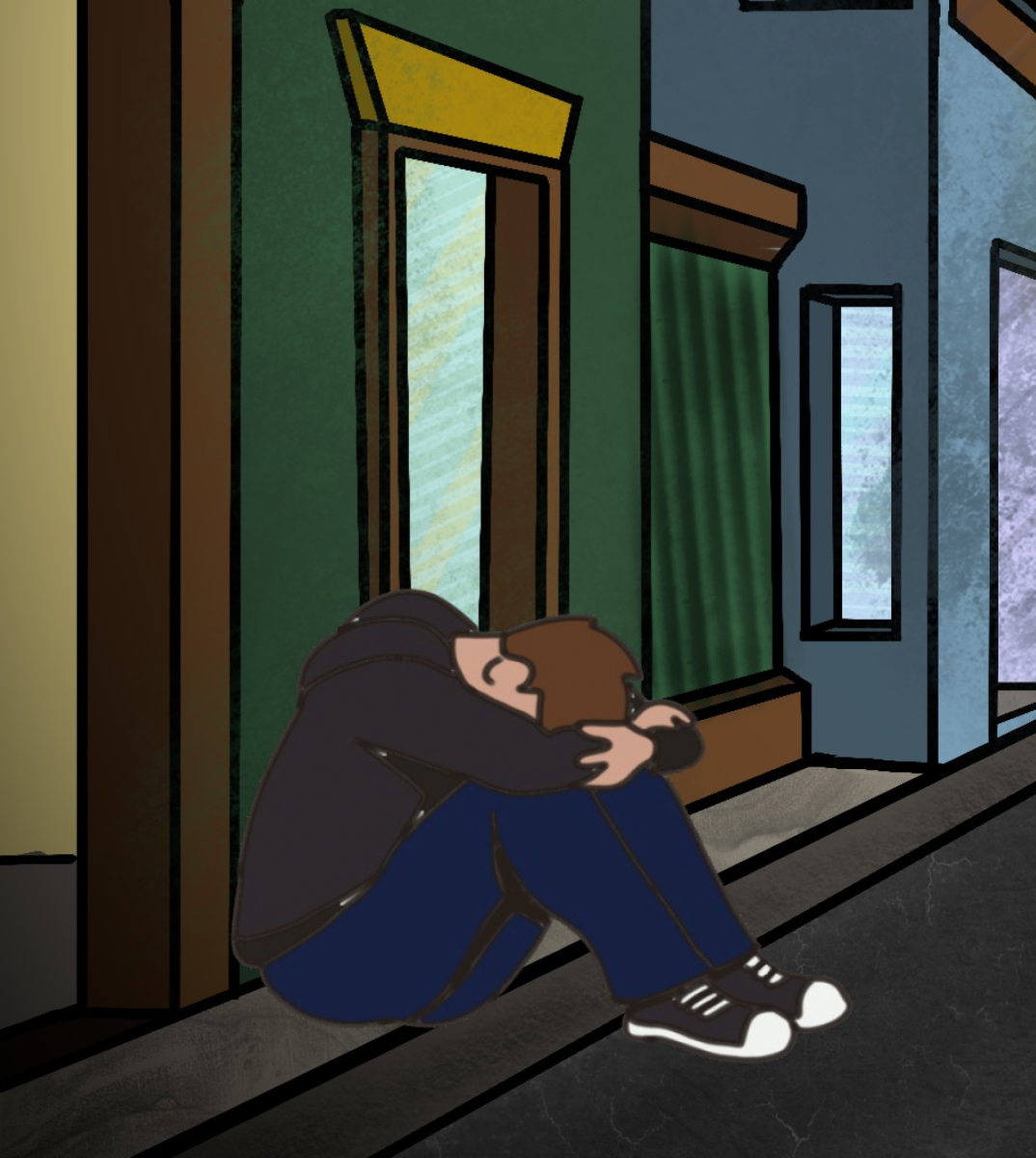Beyond sharp and witty doodles, political cartoons have been more than just tools for shaping political narratives. Through their bold imagery and piercing commentary, political cartoons have the rare ability to shed light on and spark conversations on issues that are often neglected in traditional media.
Political cartoons use satire — critiquing issues through humor, irony or sarcasm — to make their messages accessible.
“Political cartoons are very readable,” FHS history teacher David Rognas said. “People get a kick out of reading them, they’re funny, but you also get information. It packages information in a way where people who might not consume news [can] still enjoy [it].”
This ability to engage both an informed audience and casual readers has made cartoons a powerful medium for social critique. Early works like Benjamin Franklin’s “Join or Die,” published in 1754, are often considered the first American political cartoons, using digestible imagery to convey urgent messages. Franklin’s cartoon showed a segmented snake labeled with the names of the colonies, warning that disunity would lead to demise. Repurposed during the American Revolution, it became a lasting symbol of unity and the power of visual satire to inspire action.
“It took that information and made it digestible for a lot of people, like, ‘Hey if we don’t get together and unite, our country is going to fall apart,’” Rognas said.
In the 1870s, Thomas Nast often used his art to expose corruption and challenge societal injustices. Nast’s relentless campaign against William “Boss” Tweed, the leader of New York City’s corrupt Tammany Hall political machine, showcased the power of visual satire. Through vivid caricatures such as “The Tammany Tiger Loose” and depictions of Tweed with bags of money in place of his head, Nast highlighted the extent of political fraud. Nast’s cartoons were instrumental in rallying public outrage and ultimately bringing Tweed to justice.
In the modern era, political cartoons have found a new life in television and digital media. Shows like “The Daily Show” and “Last Week Tonight with John Oliver” have taken the principles of visual satire and applied them to a broader medium. These programs merge humor with hard-hitting commentary, offering a fresh, engaging way to discuss serious issues.
“It’s the same method; it’s effective for the same reasons,” Rognas said. “It’s just being applied to all these different things as time goes on.”
Whether through the ink of Nast’s pen, or the snarky punchlines of late-night hosts, political cartoons — specifically their satire — continue to challenge authority, highlight inequities and inspire conversations. In a world filled to the brim with information, their ability to cut through the noise is a reminder of their power to inform and provoke change.





















